If you’ve noticed a strange bump on your heart plate, you’re not alone. These bumps can interfere with your heat press projects, causing uneven transfers and frustration. But don’t worry—this guide covers everything you need to know about heat platen bumps, from their causes and fixes to prevention tips and tools that can help. Read on to find solutions and ensure your heat press works smoothly.
What Is a Bump on Heat Platen?
A bump on a heat plate is a raised or uneven spot on the flat metal surface of your heat press machine. Heat platens are designed to distribute heat evenly across the surface, which is essential for producing high-quality heat transfers. However, when a bump forms, the surface becomes uneven, creating issues during the pressing process.
This small defect may seem insignificant, but it can cause major problems, such as incomplete transfers, faded designs, or wrinkled prints. Bumps are often caused by wear and tear, improper cleaning, or accumulated residue on the plant. Identifying and fixing these bumps early can save you a lot of hassle and help you maintain the quality of your projects.
How to Spot a Heat Platen Bump
Spotting a heat platen bump is crucial before starting any project. Here are a few ways to identify one:
- Visual Inspection: Carefully look at your platen under good lighting. A bump will appear as a raised spot or uneven section.
- Touch Test: Run your hand across the platen’s surface when it’s cool. If you feel an irregularity or raised area, that’s a sign of a bump.
- Test with Paper: Place a sheet of paper on the plate and close the heat press. If the paper doesn’t press evenly, it indicates an uneven surface.
- Check Transfer Results: Uneven pressure from a bump can lead to faded or incomplete designs. If your transfers don’t look right, inspect the platen.
Taking time to check for bumps before every project can save you from ruining valuable materials and designs.
Why Do Bumps Form on Heat Platens?
Understanding why bumps form on heat platens is key to preventing them. Here are some common reasons:
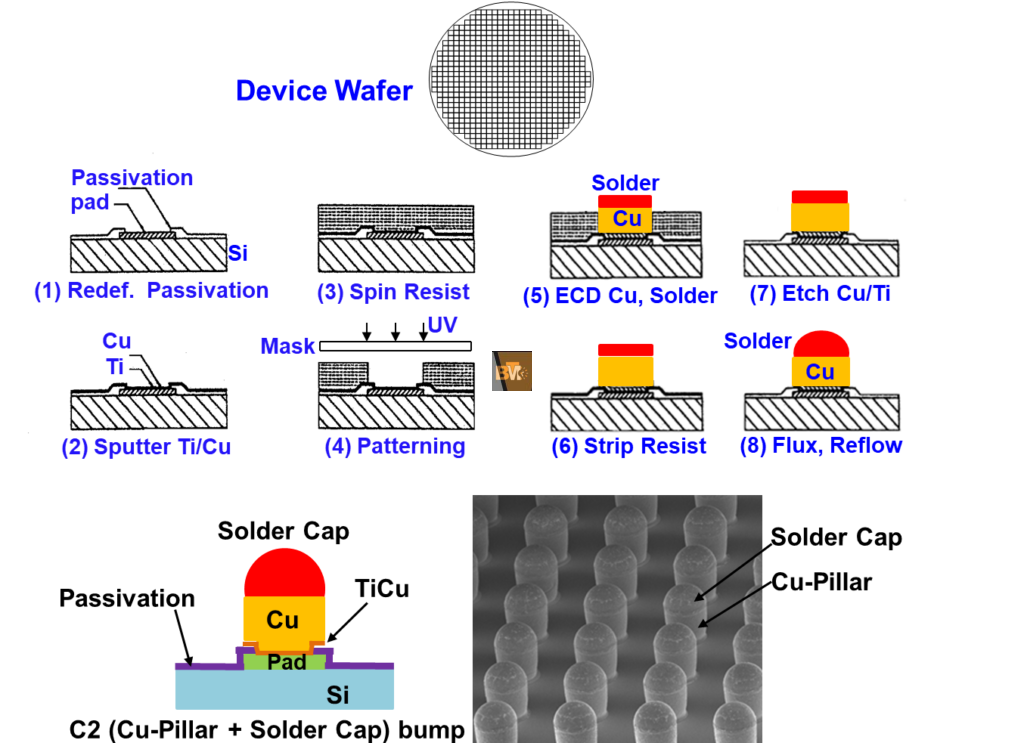
- Residue Build-Up: Over time, adhesive residue, ink, or melted material can accumulate on the platen. This build-up hardens and creates raised areas.
- Warping from Heat: Constant exposure to high temperatures can cause the plant to warp, especially if it’s not made from high-quality materials.
- Physical Damage: Dropping heavy objects on the platen or mishandling the press can dent the surface, creating bumps.
- Improper Maintenance: Failing to clean and maintain the heat platen regularly can lead to the development of bumps over time.
By understanding these causes, you can take better care of your heat press and avoid bumps altogether.
Can Bumps Ruin Heat Press Projects?
Yes, bumps can ruin heat press projects in several ways. Since heat presses rely on even heat and pressure to transfer designs, a bump disrupts this balance. Here’s how:
- Incomplete Transfers: The design might not adhere properly to the substrate due to uneven pressure.
- Faded or Patchy Prints: Uneven heat distribution can cause parts of the design to appear lighter or unevenly pressed.
- Material Damage: Excessive pressure on certain areas can damage fabric or substrates.
In short, a small bump can have a big impact on your work, costing you time and money.
Top Causes of a Bump on Heat Platen
Here’s a closer look at the top causes of bumps on a heated platen:
- Excessive Residue: Adhesives, inks, or melted materials sticking to the platen.
- Warping from Heat: Poor-quality platens may warp after repeated heating and cooling cycles.
- Dents or Scratches: Physical damage from tools, heavy objects, or improper handling.
- Low-Quality Materials: Cheap or poorly manufactured platens are more prone to developing defects.
- Lack of Maintenance: Neglecting cleaning and regular upkeep.
Knowing these causes will help you identify what’s causing issues with your planet and how to avoid them.
How to Fix a Bump on Heat Platen Quickly
Fixing a bump on your heat plate doesn’t have to be complicated. Follow these steps for a quick solution:
- Turn Off and Cool Down: Always ensure the platen is cool and the machine is unplugged before attempting repairs.
- Clean the Surface: Use a non-abrasive cleaner and a soft cloth to remove any residue or dirt. A specialized heat platen cleaner works best.
- Sand the Area: If the bump is caused by residue or minor surface irregularities, gently sand the area with a fine-grit sandpaper.
- Use a Straightedge: Place a straightedge (like a ruler) across the platen to ensure it’s level. If the bump is significant, consider professional repairs or replacement.
- Test the Platen: After cleaning and leveling, test the platen with a sheet of paper to check for even pressure.
Regular cleaning and proper care can prevent bumps from forming in the first place.
Cleaning Methods for Heat Platens
Cleaning your heat plate is one of the most effective ways to prevent bumps. Here’s how to do it:
- Daily Wipe-Down: After every use, wipe the platen with a damp cloth to remove debris or residue.
- Use Heat Platen Cleaners: For stubborn build-up, use a cleaner specifically designed for heat platens. Apply it when the platen is slightly warm for best results.
- Avoid Abrasive Tools: Never use steel wool or harsh scrubbing pads, as they can damage the surface.
- Deep Cleaning: Periodically, perform a deep cleaning with rubbing alcohol or a specialized solution to keep the platen smooth.
Consistency is key to maintaining a clean and even platen surface.
When to Replace the Platen
While many bumps can be fixed, there are times when replacement is the best option. Consider replacing your heat platen if:
- The bump cannot be sanded or leveled.
- The surface is severely warped or damaged.
- You frequently experience uneven transfers despite attempts to fix the platen.
- The platen’s age or quality makes it unreliable for consistent results.
Investing in a high-quality replacement platen can save you from future headaches.
Tools You Can Use to Repair Bumps
Here are some tools that can help you fix and maintain your heat platen:
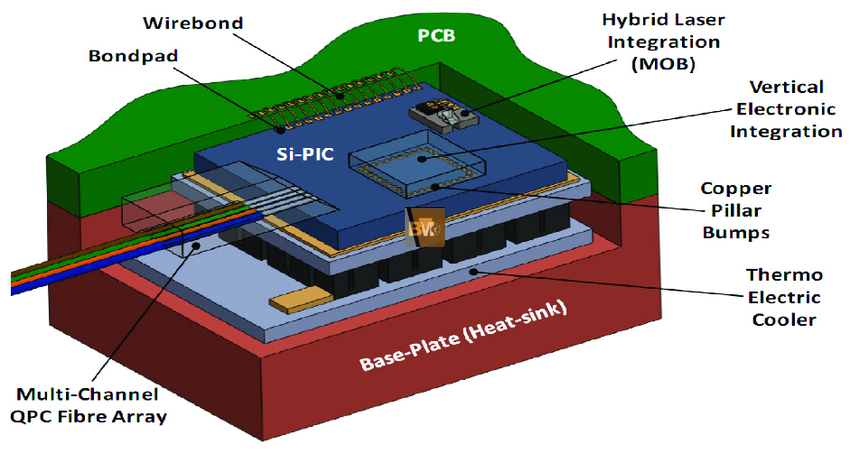
- Heat Platen Cleaner: Removes adhesive and residue effectively.
- Fine-Grit Sandpaper: Smooth out minor bumps or irregularities.
- Straightedge or Ruler: Ensures the surface is level and flat.
- Heat Press Cover Sheets: Protect the platen from direct contact with materials, preventing residue build-up.
- Non-Abrasive Cleaning Cloths: Safely clean the platen without scratching it.
Having the right tools on hand makes it easier to address bumps and keep your heat press in top condition.
How Bumps Affect Heat Transfers
Bumps can cause several problems during heat transfers, including:
- Uneven pressure that leads to incomplete designs.
- Poor adhesion causes designs to peel or fade over time.
- Wrinkled or distorted prints due to irregular heat distribution.
If you notice these issues, inspect your platen for bumps immediately.
Prevention Tips for Heat Platen Bumps
Preventing bumps is easier than fixing them. Follow these tips to keep your platen smooth:
- Clean Regularly: Wipe down the platen after every use and deep clean it periodically.
- Use Protective Sheets: Place a Teflon or silicone sheet over the platen to prevent residue build-up.
- Avoid Overheating: Follow recommended temperature settings to avoid warping.
- Store Properly: Keep the heat press in a safe location to prevent physical damage.
- Perform Maintenance Checks: Regularly inspect the platen for signs of wear or damage.
A little effort can go a long way in maintaining your heat press.
Best Tools to Keep Heat Platens Smooth
Using the right tools can help you maintain a smooth heat plate. Some of the best tools include:
- Teflon Sheets: Protect the platen from residue and damage.
- Heat Press Mats: Provide a smooth pressing surface for consistent results.
- Temperature Gauges: Ensure your platen isn’t overheating, which can lead to warping.
- Protective Cleaners: Specialized cleaners designed for heat press platens.
Investing in these tools can prolong the life of your heat plant and keep it performing at its best.
When to Replace a Heat Platen with Bumps
Sometimes, repairing a heated platen isn’t enough. Replace your platen if:
- It has severe warping or deep dents that can’t be fixed.
- Bumps continue to interfere with your transfers despite cleaning and sanding.
- The platen’s quality is compromising the results of your projects.
Replacing a damaged platen may seem costly, but it’s worth it to ensure your heat press works as intended.
The Bottom Line
A bump on a heat platen may seem like a small issue, but it can cause big problems for your heat press projects. From uneven transfers to faded designs, bumps disrupt the delicate balance of heat and pressure required for quality results. By understanding the causes, spotting issues early, and using the right tools and cleaning methods, you can prevent bumps from forming and keep your heat press in top condition. And if the damage is beyond repair, don’t hesitate to invest in a replacement platen. With proper care and maintenance, your heat press will continue to deliver smooth, flawless transfers for years to come.


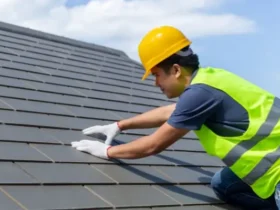
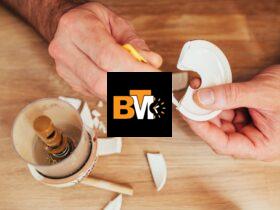

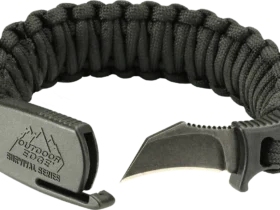
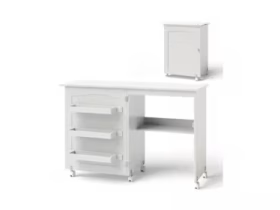
Leave a Reply